Voice control technology in modern vehicles has become a critical component of the driving experience, transforming how we interact with our cars’ infotainment systems, navigation, climate controls, and safety features.
The digital voice assistant is a hands-free approach to controlling infotainment and other in-car functions that raises convenience, safety, and connectivity to a new level.
As automotive manufacturers continue to integrate increasingly sophisticated voice recognition systems, the quality and reliability of these systems vary dramatically across different brands and models.
The importance of reliable voice control cannot be overstated in today’s automotive world. When functioning properly, these systems allow drivers to maintain focus on the road while accessing essential vehicle functions, making calls, adjusting music, setting navigation destinations, and controlling various comfort features.
However, Voice recognition is an interesting technology. It’s been around for a long time, and it mostly keeps getting better. But does it ever get good? This question highlights the ongoing challenges faced by both manufacturers and consumers in achieving truly seamless voice interaction.
The disparity between reliable and unreliable voice control systems stems from several factors, including the sophistication of natural language processing algorithms, the quality of microphone arrays, the integration of cloud-based processing versus local processing capabilities, and the system’s ability to adapt to different accents, speech patterns, and ambient noise conditions.
Exploring the challenges of voice assistant technology in vehicles and the need for advanced AI solutions to improve safety and accuracy in diverse driving conditions. Additionally, the user interface design and the breadth of available commands play crucial roles in determining system effectiveness and user satisfaction.
5 Vehicles With Reliable Voice Controls
These exceptionally designed voice recognition systems feature sophisticated natural language processing that accurately interprets commands on the first attempt through advanced algorithms and reliable microphone arrays.
The Genesis GV60’s voice command system demonstrates simplicity and effectiveness, with navigation commands like “take me to London” providing immediate location confirmation with a simple ‘yes’ or ‘no’ response.
The Toyota Corolla features robust voice control recognition that enables users to call up menu options through natural commands like ‘Go to Communications’ or ‘Go to Radio’, then name specific stations of their choice.
The Audi system can adapt to accent variations over time, leading to increasingly accurate responses as the system learns user speech patterns, proving generally reliable even with international accents during testing.
1. Mercedes-Benz S-Class (MBUX System)
Mercedes-Benz has established itself as a leader in automotive voice control technology with its MBUX (Mercedes-Benz User Experience) system, particularly in the flagship S-Class sedan.
The MBUX voice assistant, activated by the phrase “Hey Mercedes,” represents one of the most sophisticated and reliable voice control systems available in production vehicles today.
The MBUX system’s reliability stems from its advanced natural language processing capabilities, which allow for conversational interactions rather than rigid command structures.
Users can speak naturally, saying phrases like “I’m cold” instead of having to memorize specific commands like “increase temperature to 72 degrees.” The system understands context and can maintain multi-turn conversations, making it feel more intuitive and less frustrating than traditional command-based systems.
One of the standout features of the Mercedes voice control system is its ability to learn and adapt to individual users over time. The system creates personalized profiles that recognize speech patterns, accents, and preferences, resulting in improved accuracy and response times with continued use.

The integration with cloud-based artificial intelligence ensures that the system stays updated with the latest language models and command recognition capabilities.
The MBUX system excels in controlling virtually every aspect of the vehicle’s functionality through voice commands. Users can adjust climate controls, seat positions, ambient lighting, navigation settings, entertainment options, and even vehicle settings like suspension modes or driving dynamics.
The system’s reliability is enhanced by its dual-microphone array design, which effectively filters out road noise and other ambient sounds that typically interfere with voice recognition systems.
Furthermore, the Mercedes system integrates seamlessly with smartphone connectivity, allowing users to make calls, send messages, and access various apps through voice commands.
The system’s ability to distinguish between driver and passenger voices adds an extra layer of sophistication, ensuring that commands are processed appropriately regardless of who is speaking in the vehicle.
2. BMW 7 Series (BMW Intelligent Personal Assistant)
BMW’s Intelligent Personal Assistant, featured prominently in the 7 Series and other premium BMW models, represents another benchmark for reliable automotive voice control technology.
Activated by saying “Hey BMW” or a personalized wake word, this system combines advanced artificial intelligence with BMW’s decades of experience in automotive technology to deliver consistently accurate voice recognition and response.
The BMW system’s reliability is built on its sophisticated machine learning algorithms that continuously adapt to user preferences and speech patterns.
Unlike simpler voice recognition systems that rely on pre-programmed commands, BMW’s assistant can understand natural language requests and even interpret implied meanings.
For example, saying “I need to find a gas station” will not only locate nearby fuel stations but can also consider current fuel levels and route optimization.
One of the key strengths of BMW’s voice control system is its proactive nature. The assistant can provide suggestions and reminders based on driving patterns, calendar appointments, and current conditions.
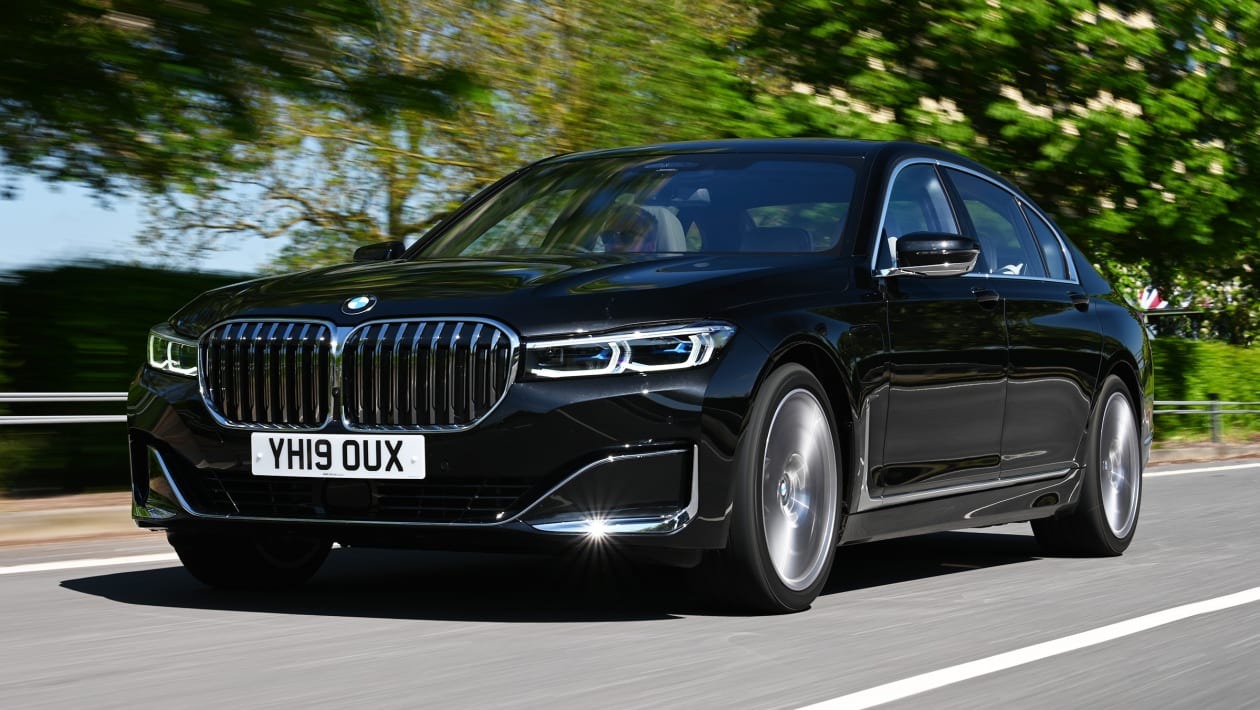
This predictive capability, combined with reliable voice recognition, creates a truly intelligent driving companion that anticipates user needs before they are explicitly stated.
The system’s hardware foundation includes strategically placed microphones throughout the cabin, designed to capture clear voice commands even in challenging acoustic environments.
Advanced noise cancellation algorithms ensure that engine noise, road sounds, and passenger conversations don’t interfere with command recognition. The system also features voice training capabilities, allowing users to improve recognition accuracy through personalized speech samples.
BMW’s integration with the vehicle’s comprehensive sensor suite enables the voice assistant to provide contextual responses. The system can access information about vehicle status, surrounding traffic conditions, weather data, and even maintenance requirements to provide relevant and timely assistance.
This deep integration with vehicle systems, combined with reliable voice recognition, makes the BMW assistant one of the most comprehensive and dependable voice control systems in the automotive industry.
3. Audi Q8 (Audi Virtual Assistant)
Audi’s Virtual Assistant, prominently featured in the Q8 luxury SUV, demonstrates exceptional reliability in voice recognition technology through its sophisticated implementation of natural language understanding and contextual awareness.
Over time, the assistant can adapt to accent variation, which should lead to more accurate responses the more the system is used. Our British-accented reviewer found the system was generally reliable when testing the Audi Q8, even without the extra speech training.
The Audi system’s reliability is anchored in its multi-layered approach to voice processing. The primary layer handles basic vehicle functions and frequently used commands locally, ensuring rapid response times even without internet connectivity.
The secondary layer leverages cloud-based processing for more complex natural language queries and continuously updated information requests. This hybrid approach maximizes both reliability and functionality.
Audi’s voice control system excels in its integration with the brand’s Virtual Cockpit and MMI (Multi Media Interface) systems. Users can control navigation, media, communication, and vehicle settings through intuitive voice commands.
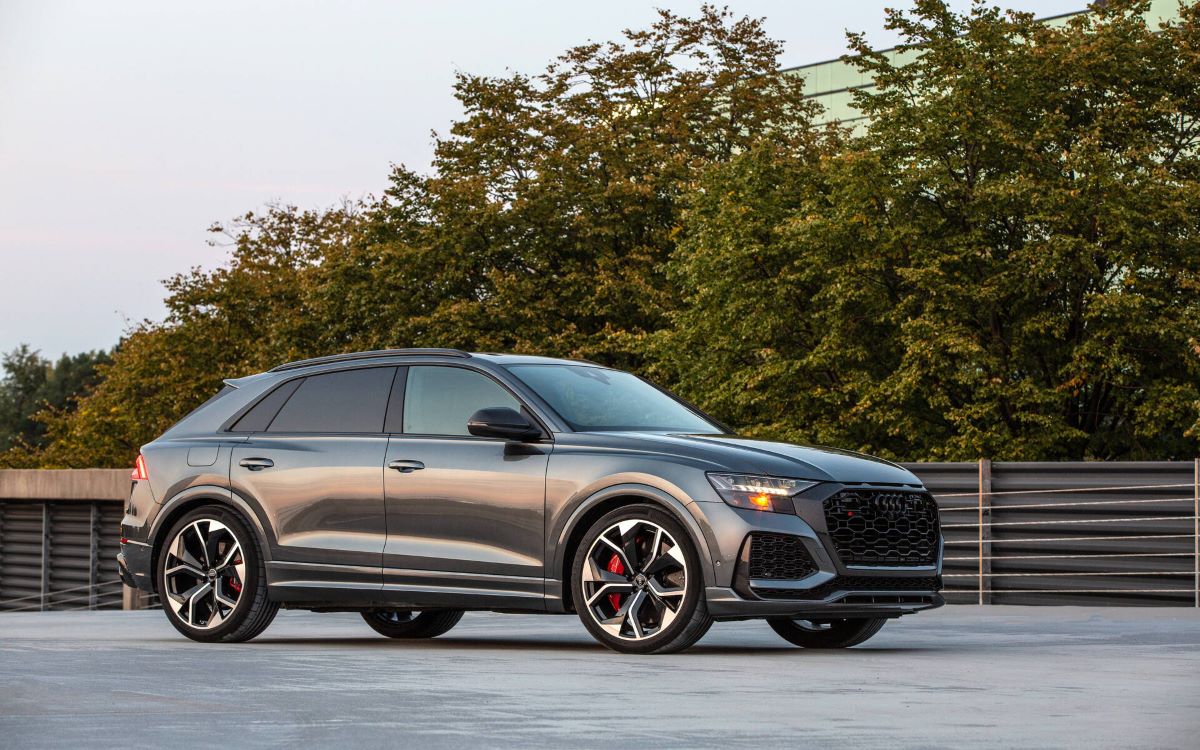
The system’s ability to understand context is particularly impressive when the users can say “avoid tolls on this route,” and the system will immediately recalculate without requiring additional specification about which route is being referenced.
The hardware implementation in the Q8 includes four high-sensitivity microphones positioned strategically throughout the cabin to ensure optimal voice capture from all seating positions.
Advanced beamforming technology allows the system to focus on the primary speaker while filtering out background noise and competing voices. This technical foundation contributes significantly to the system’s reliable performance across various driving conditions and cabin environments.
Audi’s commitment to voice control reliability extends to its regular over the air updates, which continuously improve recognition accuracy, expand available commands, and refine response algorithms.
The system’s learning capabilities ensure that frequently used commands become more responsive over time, while new functionality is seamlessly integrated without requiring user retraining or system resets.
4. Genesis GV90 (Genesis Connected Services)
Genesis, Hyundai’s luxury division, has implemented remarkably reliable voice control technology in the GV90, their flagship SUV. The Genesis Connected Services voice assistant represents a careful balance between advanced functionality and consistent reliability, avoiding the complexity that often leads to recognition errors in competitor systems.
The Genesis system’s approach to reliability focuses on clarity and precision rather than attempting to process overly complex natural language requests. This design philosophy results in consistently accurate command recognition while still maintaining conversational interaction capabilities.
Users report high success rates with voice commands across all major vehicle functions, from climate control and seating adjustments to navigation and entertainment management. One of the standout features of the Genesis voice control system is its exceptional performance in noisy environments.
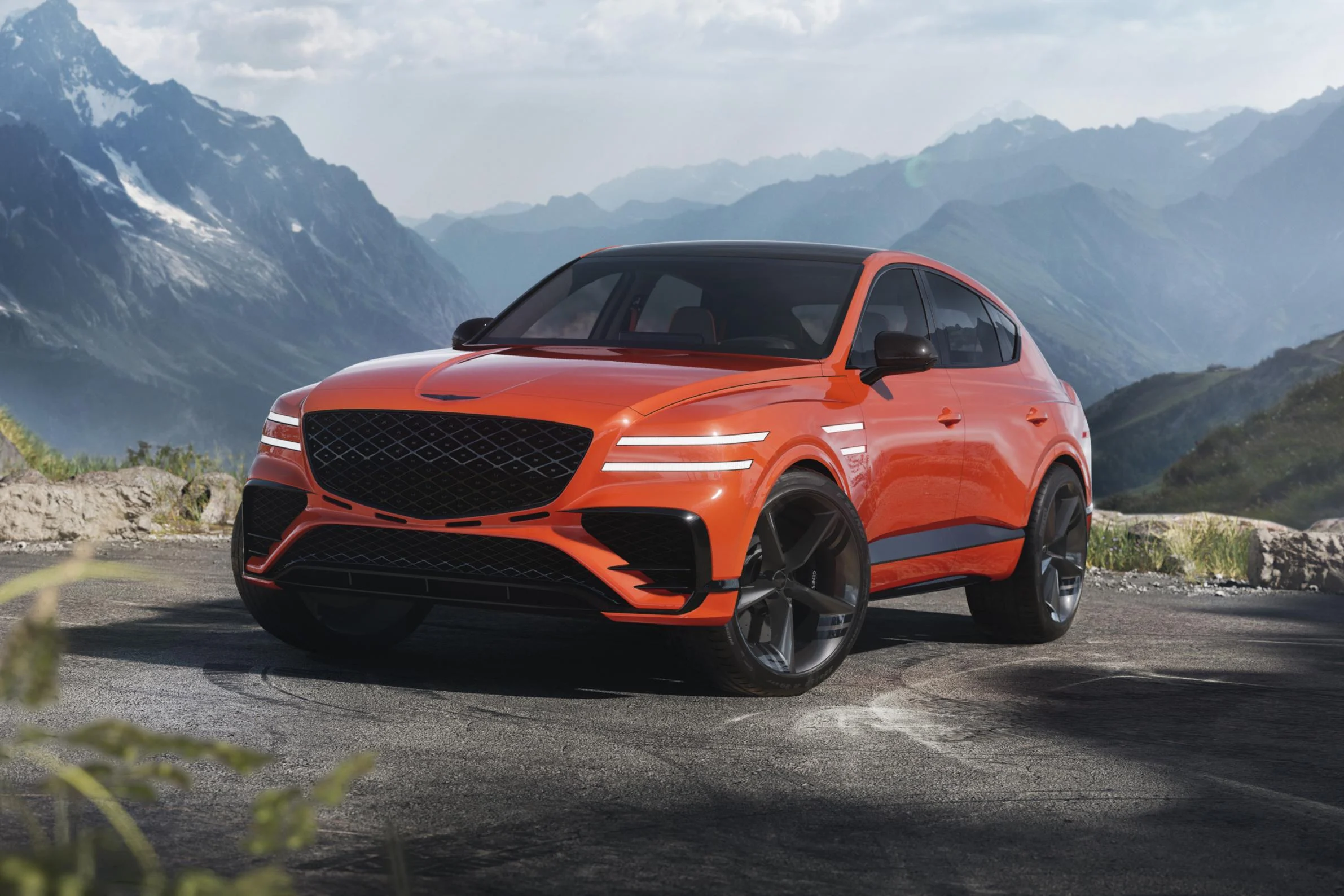
The system employs advanced acoustic engineering, including directional microphone arrays and sophisticated noise cancellation algorithms, to maintain accurate voice recognition even with windows down, music playing, or multiple passengers conversing. This real-world reliability makes it particularly valuable for daily driving scenarios.
The Genesis system integrates seamlessly with both Android Auto and Apple CarPlay while maintaining its own robust voice recognition capabilities.
This dual-layer approach ensures that users can access familiar voice assistants from their smartphones while also utilizing the vehicle’s native voice control for car-specific functions. The handoff between systems is smooth and intuitive, preventing the confusion that often occurs in less well-integrated implementations.
Genesis has also prioritized user feedback in refining their voice control reliability. Regular software updates address specific recognition issues reported by users, and the system includes built-in feedback mechanisms that allow drivers to report when commands are misunderstood.
This continuous improvement cycle, combined with conservative but effective technology choices, has resulted in one of the most dependable voice control systems in the luxury vehicle segment.
Also Read: 5 Cars With Generous Legroom vs 5 With Tight Rear Seats
5. Lexus LS (Lexus Interface with Amazon Alexa)
Lexus has achieved remarkable voice control reliability in the LS sedan through its strategic partnership with Amazon, integrating Alexa functionality alongside the native Lexus Interface system.
This dual-system approach leverages Amazon’s proven voice recognition technology while maintaining seamless integration with Lexus vehicle systems.
The reliability of the Lexus voice control system stems from its utilization of Amazon’s cloud-based Alexa Voice Service, which benefits from years of development and billions of user interactions across various devices.
This mature technology foundation provides exceptional accuracy in speech recognition and natural language understanding, while Lexus has focused on creating robust integration points between Alexa and vehicle functions.
Users can control virtually every aspect of their Lexus LS through voice commands, including climate control, seating positions, navigation, entertainment systems, and even vehicle maintenance scheduling.
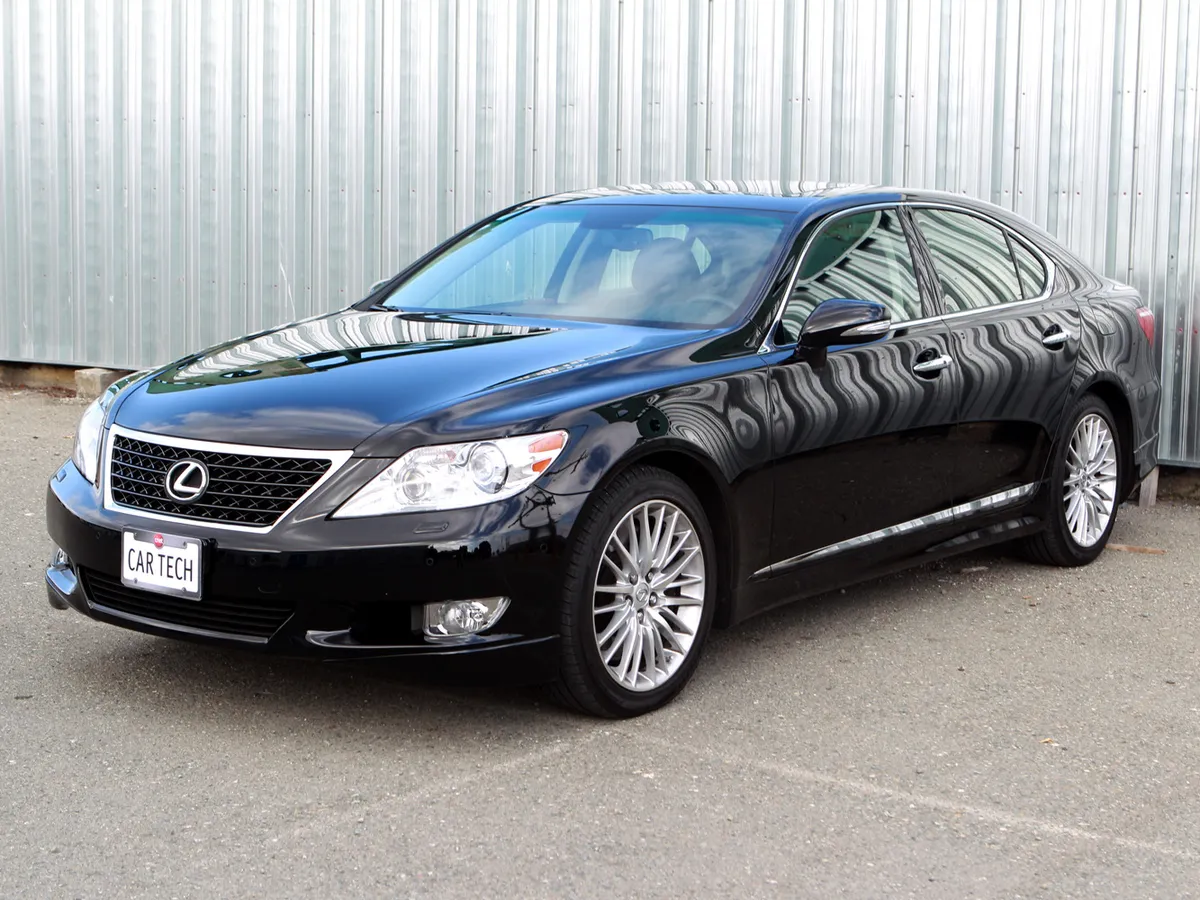
The system’s ability to understand context and maintain conversation threads makes complex multi-step tasks simple to accomplish through voice alone.
For example, users can say “go to the nearest Lexus dealer and schedule a service appointment,” and the system will handle both the navigation and appointment booking seamlessly.
The hardware implementation in the LS includes premium microphone systems designed specifically for automotive environments.
Multiple microphones positioned throughout the cabin ensure optimal voice pickup regardless of seating position, while advanced noise processing algorithms maintain recognition accuracy even in challenging acoustic conditions.
The system’s integration with the LS’s exceptionally quiet cabin environment further enhances voice recognition reliability. Lexus has also implemented intelligent switching between the native vehicle system and Alexa functionality, ensuring that users always interact with the most appropriate system for their current request.
Vehicle-specific commands are handled by the native Lexus system for optimal response times, while general queries and smart home integration utilize Alexa’s broader capabilities. This intelligent routing enhances system reliability by leveraging each platform’s strengths.
5 Vehicles With Unreliable Voice Recognition
These problematic voice recognition systems plague drivers with inconsistent performance that transforms simple commands into lengthy, frustrating experiences requiring multiple attempts.
The 2019 Mitsubishi ASX exemplifies these issues, where selecting a song on an iPod through voice control takes approximately fifteen minutes to complete a basic track selection.
Voice recognition problems are twofold: not only does it often take significantly longer to communicate using voice recognition than traditional buttons, but systems frequently fail on the first attempt, requiring drivers to repeat commands multiple times.
Users report spending excessive time screaming names into their dashboard, attempting to get horrible voice recognition systems to make simple phone calls, with systems consistently garbling more commands than they understand correctly.
1. Tesla Model 3/Y (Tesla Voice Commands)
Despite Tesla’s reputation for cutting-edge technology, the voice control system in the Model 3 and Model Y has consistently struggled with reliability issues that frustrate users and detract from the driving experience.
Some issues with the voice command button on Tesla cars. It may address problems including system failures, inaccurate command recognition, or unresponsiveness.
These problems have persisted across multiple software updates and hardware revisions, making Tesla’s voice control one of the more problematic systems in the current automotive market.
The primary issue with Tesla’s voice recognition lies in its inconsistent performance across different accents, speech patterns, and ambient noise conditions.
Unlike more sophisticated systems that employ multiple microphones and advanced noise cancellation, Tesla’s implementation relies on simpler hardware configurations that struggle to filter out road noise, wind, and other environmental sounds.
This results in frequent misinterpretation of commands, particularly at highway speeds or with windows open. Tesla’s voice control system also suffers from a limited command vocabulary compared to competitors.
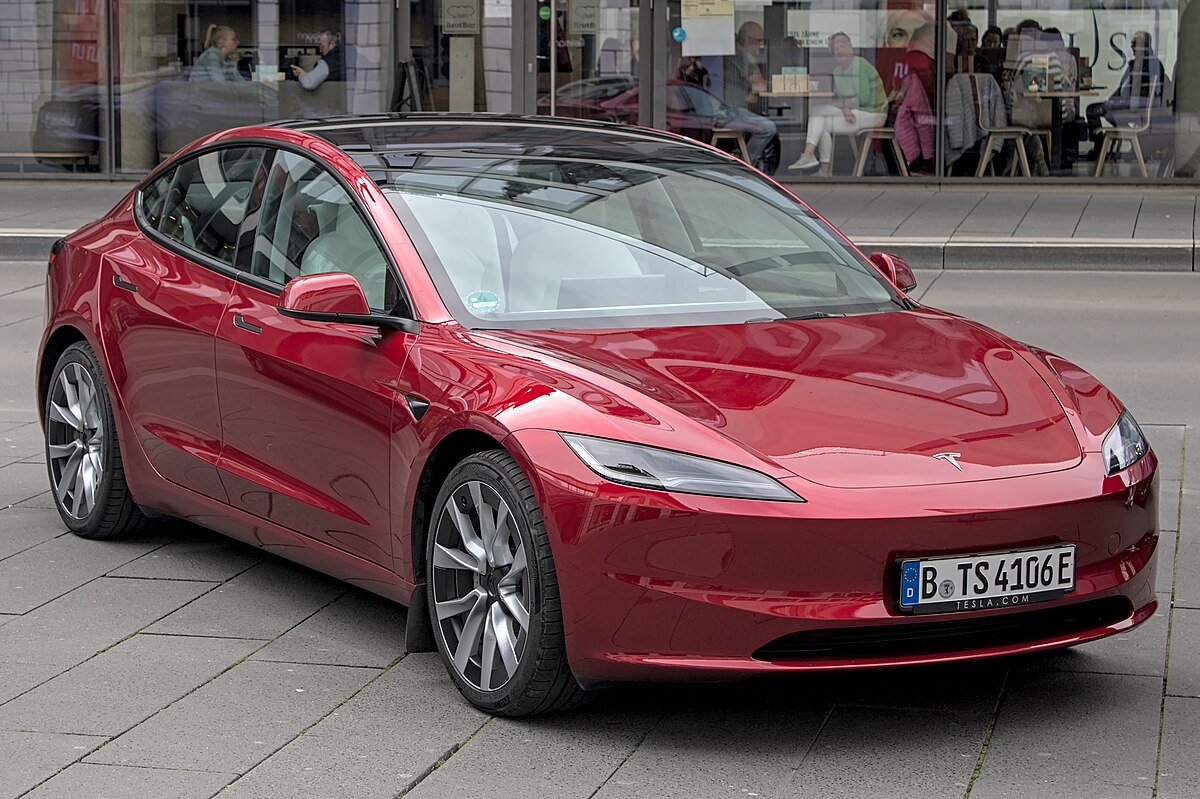
While the system can handle basic functions like navigation input, climate control, and media selection, it lacks the natural language processing capabilities found in premium automotive voice assistants.
Users must learn specific command phrases and speak in particular ways to achieve reliable recognition, which contradicts the intuitive interaction that modern drivers expect from voice control systems.
Another significant reliability issue stems from Tesla’s over-reliance on internet connectivity for voice processing. When cellular coverage is poor or unavailable, the voice control system becomes nearly unusable, as most commands require cloud-based processing.
This dependency creates particular problems in rural areas or parking garages, where connectivity is limited, situations where voice control could be most valuable for hands-free operation.
The system’s inability to learn and adapt to individual users further compounds reliability issues.
Unlike adaptive voice recognition systems that improve accuracy over time through machine learning, Tesla’s implementation maintains static recognition algorithms that don’t account for individual speech patterns or preferences.
This lack of personalization means that users who experience initial recognition problems are likely to continue facing the same issues indefinitely, leading many Tesla owners to abandon voice control functionality altogether in favor of touchscreen interaction.
2. Ford F-150 (SYNC 4A System)
Ford’s SYNC 4A system, featured in the popular F-150 pickup truck, represents a significant step backward in voice control reliability compared to earlier SYNC generations and competitive systems.
If SYNC® does not understand your voice commands, refer to the troubleshooting tips in this article. The system’s problematic performance has become a common complaint among F-150 owners, who report frequent misunderstandings, system freezes, and inconsistent response times.
The SYNC 4A system’s reliability issues appear to stem from Ford’s attempt to integrate too many functions into a single voice interface without adequate processing power or sophisticated algorithms to handle the complexity.
The system frequently confuses similar-sounding commands, leading to unexpected actions like changing radio stations when users intend to adjust climate controls, or attempting to call contacts when navigation commands are issued.
One of the most frustrating aspects of the F-150’s voice control system is its poor performance in the truck’s typical operating environment. The system struggles significantly with the cabin noise common in work trucks, including engine noise, tool rattling, and open windows.

The microphone positioning and noise cancellation algorithms seem inadequately designed for the F-150’s cabin acoustics, resulting in recognition accuracy that deteriorates rapidly as ambient noise increases. The SYNC 4A system also exhibits significant latency issues, with delays of several seconds between command utterance and system response.
This lag creates uncertainty about whether commands have been recognized, leading users to repeat instructions and creating further confusion when the system eventually processes multiple overlapping commands simultaneously.
The delayed response times make the voice control system impractical for time-sensitive operations like navigation input or emergency calling. Ford’s integration of third-party services through SYNC 4A has also created reliability problems.
The handoff between Ford’s native voice processing and external services like SiriusXM or smartphone integration frequently fails, leaving users in confusing states where it’s unclear which system is active or how to return to basic vehicle functions.
These integration issues, combined with inconsistent over-the-air update deployment, have created a voice control experience that many F-150 owners find more frustrating than helpful.
3. Jeep Grand Cherokee (Uconnect 5 System)
The Uconnect 5 system in the Jeep Grand Cherokee exemplifies how advanced hardware capabilities can be undermined by poor software implementation, resulting in a voice control system that promises much but delivers inconsistent and often frustrating performance.
Despite featuring modern touchscreen interfaces and connectivity options, the voice recognition component of Uconnect 5 has proven problematic for many Grand Cherokee owners.
The system’s primary reliability issue stems from its oversensitive voice activation, which frequently triggers false positives from conversations, radio audio, or external sounds.
Once activated inadvertently, the system often misinterprets ambient noise as commands, leading to unwanted changes to climate settings, radio stations, or navigation destinations. This over-eager activation behavior forces many users to disable voice control functionality entirely to prevent disruptive interruptions while driving.
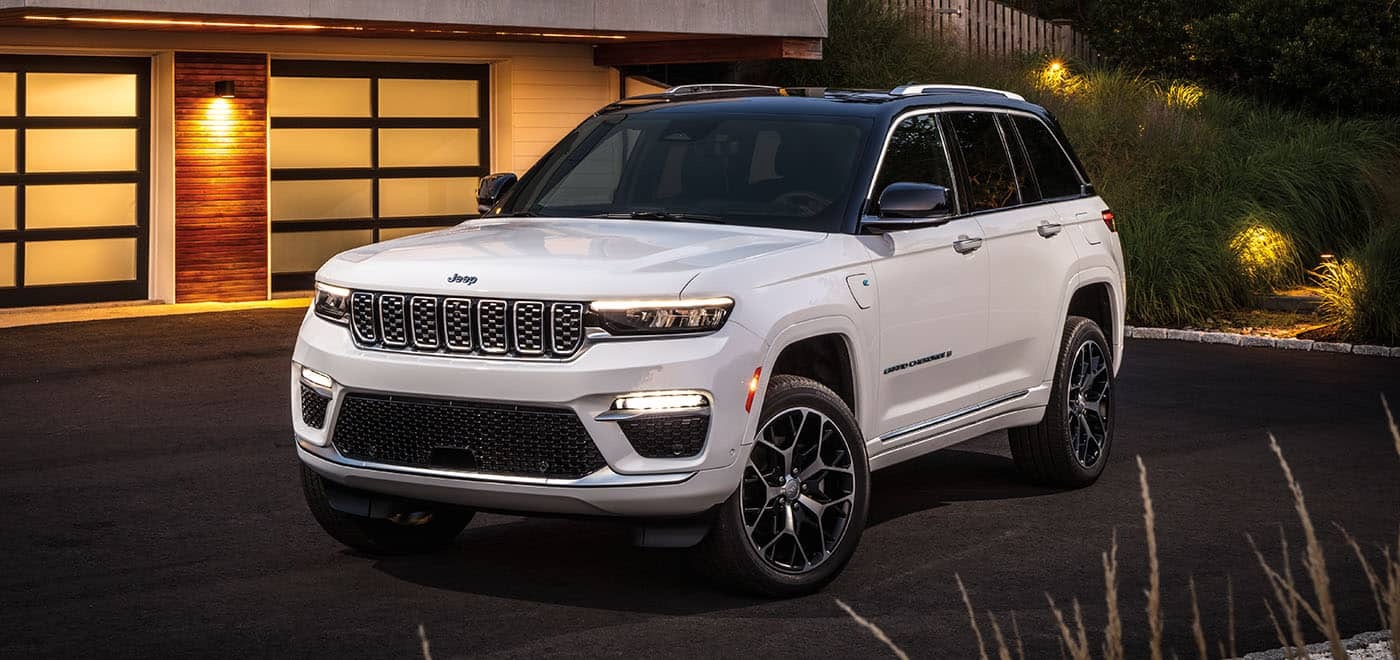
Uconnect 5’s voice recognition accuracy deteriorates significantly when processing anything beyond basic, single-word commands. Complex requests involving multiple parameters, such as “go to the nearest gas station with the lowest prices,” are frequently misunderstood or ignored entirely.
The system’s limited natural language processing capabilities require users to speak in stilted, unnatural phrases that feel awkward and counterintuitive compared to conversational interaction with smartphone assistants.
The Grand Cherokee’s voice control system also exhibits poor integration with the vehicle’s other electronic systems. Voice commands for climate control often conflict with automatic climate systems, creating temperature battles where the system continuously adjusts settings in response to competing inputs.
Similarly, voice-activated navigation commands sometimes override existing routes without confirmation, leading to unexpected detours and navigation confusion.
Update deployment for the Uconnect 5 system has been inconsistent and problematic, with some software updates introducing new voice recognition issues while attempting to resolve existing problems.
The system’s lack of rollback capabilities means that users who experience degraded voice control performance after updates have no recourse except to wait for subsequent fixes, which may take months to deploy and may introduce different problems altogether.
4. Nissan Altima (NissanConnect Services)
Nissan’s voice control implementation in the Altima, delivered through NissanConnect Services, represents a disappointing example of how dated technology and poor system integration can create unreliable voice recognition that frustrates users and undermines the vehicle experience.
The system’s problems are particularly notable given Nissan’s generally solid reputation for automotive electronics and user interface design.
The NissanConnect voice recognition system suffers from extremely limited vocabulary and rigid command structure requirements that make natural interaction nearly impossible.
Users must memorize specific phrases and speak them in exact sequences to achieve reliable recognition, which contradicts modern expectations for conversational voice interfaces. Even minor variations in phrasing or pronunciation can result in complete command failure, forcing users to restart interactions multiple times.
One of the most significant reliability issues with the Altima’s voice control is its poor noise immunity. The system’s microphone configuration and processing algorithms are inadequate for typical driving conditions, with recognition accuracy dropping dramatically when air conditioning, radio, or road noise are present.
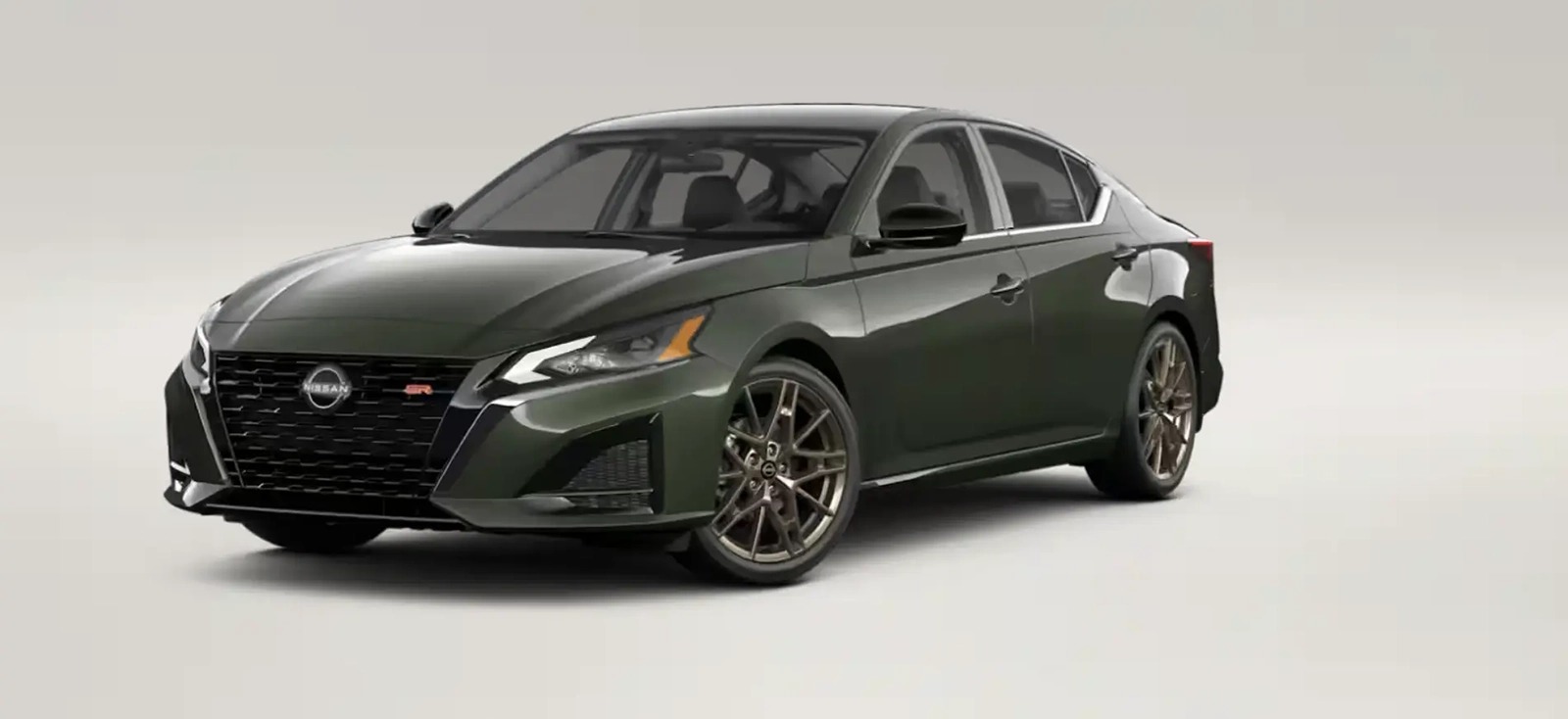
This environmental sensitivity makes the voice control system impractical for real-world use, particularly given that quiet cabin conditions are rare in normal driving scenarios.
The NissanConnect system also exhibits concerning reliability issues with basic safety functions. Voice-activated emergency calling and roadside assistance features have reported inconsistent performance, sometimes failing to connect or providing incorrect location information to emergency services.
These failures in critical safety functions represent serious reliability concerns that extend beyond mere convenience frustrations. Nissan’s integration of smartphone connectivity with the native voice control system creates additional reliability problems.
The handoff between phone-based assistants and the vehicle’s voice recognition often fails, leaving users uncertain about which system is active or how to access desired functions.
This confusion is compounded by inconsistent wake word recognition, where the system may respond to unintended phrases while ignoring deliberate activation attempts.
5. Volkswagen Atlas (VW Digital Cockpit)
Volkswagen’s voice control implementation in the Atlas, integrated with the VW Digital Cockpit system, demonstrates how European automotive manufacturers can struggle to adapt voice recognition technology for diverse global markets and varying acoustic environments.
The system’s reliability issues have made it one of the more problematic voice control implementations in the midsize SUV segment. The Atlas voice control system exhibits significant bias toward specific accent patterns and speech rhythms, creating reliability issues for users whose speech doesn’t match the system’s trained parameters.
Unlike adaptive systems that learn from user interaction, the VW implementation maintains static recognition models that cannot accommodate regional accent variations or individual speech patterns. This limitation creates particular problems in diverse markets where multiple accent types are common among vehicle owners.
Processing latency represents another major reliability concern with the Atlas voice control system. The system frequently requires several seconds to process simple commands, during which time it provides no feedback about whether the command has been received or understood.

This delay often leads users to repeat commands, creating queue confusion when the system eventually processes multiple overlapping requests simultaneously. The resulting erratic behavior makes the voice control system impractical for time-sensitive operations.
The VW system’s integration with the vehicle’s infotainment platform creates cascading reliability issues when voice commands interact with other system functions.
Voice-activated navigation commands sometimes conflict with existing route guidance, while media control commands can interfere with phone connectivity. These integration problems are compounded by the system’s inability to provide clear status feedback, leaving users uncertain about current system states and available functions.
Volkswagen’s approach to voice control updates has also contributed to reliability problems.
The company has deployed several major software revisions that significantly changed command syntax and system behavior, requiring users to relearn voice interaction patterns without providing adequate training or transition support.
These disruptive updates, combined with inconsistent rollout timing across different markets, have created ongoing confusion and frustration for Atlas owners who relied on voice control functionality.
Also Read: 5 Cars With Generous Legroom vs 5 With Tight Rear Seats
